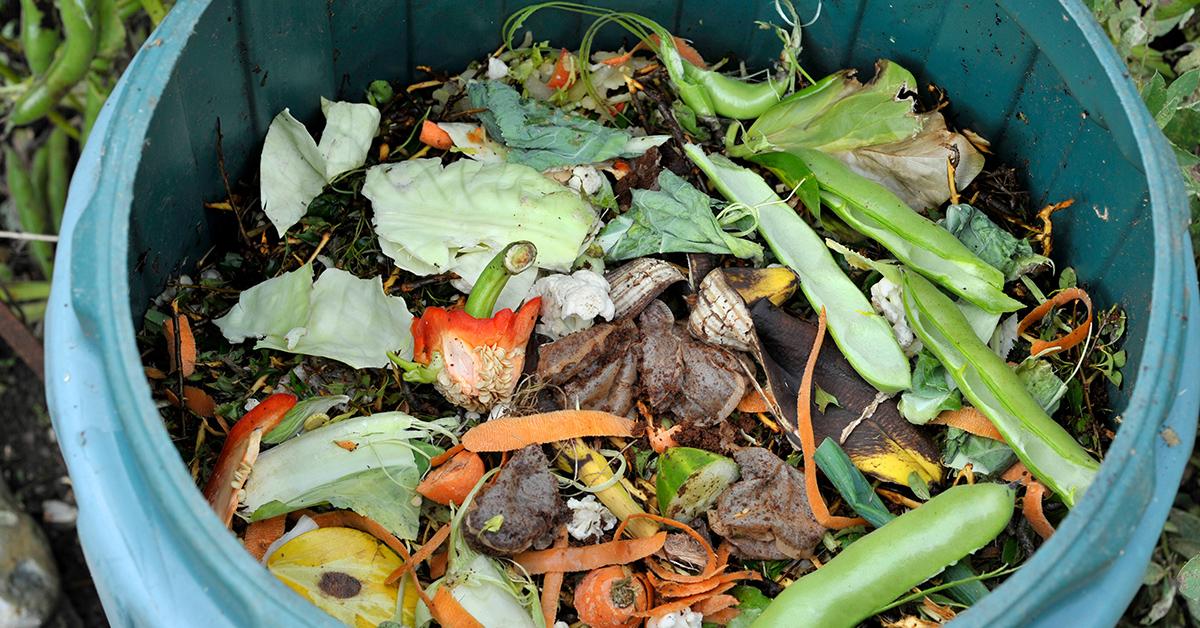COURTESY : greenmatters.com
COMPOSTING
Now let’s say you live in a fourth-floor walk-up without any green space. You can still compost — and in fact, it may be even less labor-intensive than the backyard method.
Many cities now offer compost collection at farmers markets or designated drop sites. To participate, simply store your scraps in a container on your kitchen countertop or in your freezer. Then, on collection day, bring them to the market and dump them in communal compost tub. Article continues below advertisement
Some cities also collect compost through trash and recycling services, often in a designated bin. Community gardens are another potential avenue, as they often accept or outright solicit compost from people in the neighborhood.
But if you have no city or community garden support, there’s still vermicomposting. This self-contained system is designed for the indoors, but it often turns people off because it involves worms. You’re essentially replicating what would happen naturally outside in a plastic bin with food scraps and redworms — as the Brooklyn Botanical Garden explains, you fill your bin with organic “bedding” like shredded newspaper or leaves, mix in a little soil, add the worms, and then feed them your compost. Keep a lid on the bin and to avoid any odors, store the whole thing in your fridge.Article continues below advertisement
Can compost go bad?
Compost doesn’t really “go bad,” but it can get too dry, too wet, or too old. If it’s too dry, add a little water to improve the moisture. If it’s too wet, turn and mix all the ingredients, adding dry organic material like sawdust to absorb some of the extra liquid. And when compost is too old or otherwise “spent,” it’s not bad per se — it’s just lost some nutrients. You can fix this by adding it into a fresh new pile of compost.Article continues below advertisement

The benefits of composting:
Article continues below advertisement
On top of all the great things compost does for the environment, it’s also a valuable tool for farmers and gardeners. Compost boosts water retention in soil, which means the budding plants in that soil need less irrigation. It also tends to facilitate bigger crop yields, giving food producers a better harvest. This all adds up to more growth with less water — and, in turn, a more affordable way to create food, flowers, and other plants.
What is a composting toilet?
Article continues below advertisement
Composting toilets are a whole different ballgame, though they still use the same basic biological process. Essentially, they transform human excrement (sometimes cheekily called “humanure”) into a compost fertilizer. But it’s a little more complicated than that.
To start, composting toilets are usually waterless, with no connection to a septic tank. When users “flush” this toilet, the contents drop into chambers under the toilet seat. Depending on the model, there might be separate areas for the urine and poop. The former evaporates, while the latter is composted into soil that’s totally safe to use.
Composting toilets don’t look all that different from standard ones — they just might come with a few extra pieces, or sit a little higher. And to answer the obvious question, disciples of the composting toilet swear they don’t smell. Most feature ventilation systems and sealants designed to mitigate unpleasant bathroom odors.
